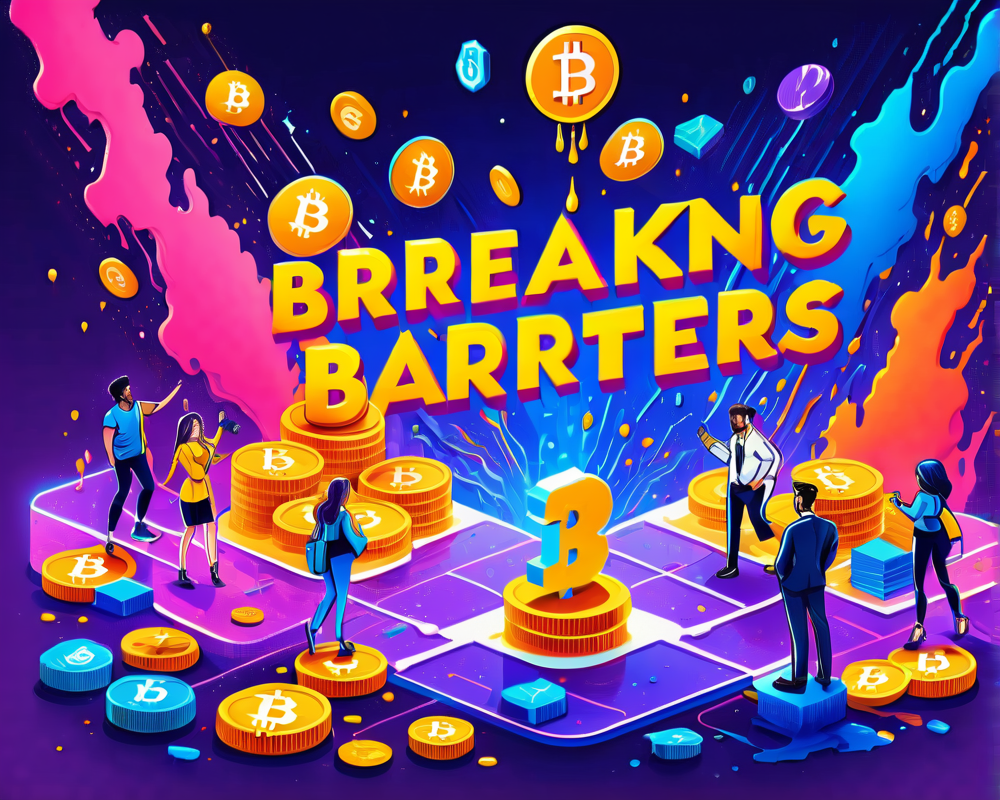The State of Web3 Gaming: A Reality Check
Right now, if you mention Web3 gaming in a room full of traditional gamers, you might as well be talking about how to pet a unicorn. The skepticism is palpable. Play-to-earn models have left many feeling like they just bought a ticket to an amusement park, only to find the rides are out of order. Expensive ape NFTs? Practically a meme by now. The truth is, nobody in Web3 knows what a “successful game” actually looks like. It’s a bit like trying to find Waldo—after a few minutes, you start to wonder if Waldo even exists.
The Need for Better Infrastructure
For Web3 gaming to evolve, we need more developers throwing spaghetti against the wall to see what sticks—because, honestly, it’s all a bit of a mess right now. Investing in robust infrastructure is critical, focusing on two main phases:
- Pre-release: Building the infrastructure before the game is launched.
- Post-release: Setting everything up post-launch to keep the fun rolling.
Breaking Down Infrastructure
Let’s break this down into three categories that are crucial for Web3 development:
- Technical: Think blockchains, analytics, and tools that make game-building smoother than a well-oiled machine.
- Financial: Marketplaces and launchpads that promise to make money moves.
- Cross-functional: Metaverse platforms and guilds that straddle both worlds like a half-baked Instagram influencer.
The Minting Maze: Where Developers Go Crazy
Game developers have plenty of choices when it comes to minting NFTs, but let’s be real—trying to find the right blockchain can feel akin to navigating a hedge maze blindfolded. Options like ImmutableX and Klaytn offer low gas fees, while some ambitious developers decide to launch their own chains. Axie Infinity’s Ronin sidechain is like the kid in school who decides to create an alternative lunch table, while DeFi Kingdoms took it a step further with its DFK Chain. But forming your own chain is like doing calculus at 3 A.M.—not for the faint-hearted.
Economic Models: The Rise and Fall of Inflationary Tokenomics
We’ve seen inflationary token models crash and burn faster than a poorly built bonfire. Moving forward, new development needs to be as selective as a high-maintenance date. Projects should ideally prioritize buyers who are genuine players instead of just hopping on the latest cash grab. Think of it as a VIP club where only meaningful contributors can enter.
Building Community and Engagement
If there’s anything that we’ve learned, it’s that building user engagement in Web3 is like raising a cat—challenging and often full of unexpected messes. The lack of compelling games and social features means that traction is still a problem. But once that first killer game drops, it’s like opening a floodgate of player engagement. Reviews? What reviews? They’re about as common in Web3 gaming as a four-leaf clover.
Unlocking the True Utility of NFTs
Players should be able to trade and earn in-game assets, creating a vibrant player-driven economy. Imagine the possibilities—players can rent out their gear, loan currencies to others, or stake their earnings. If we’re lucky, maybe we’ll even get games that can operate their own financial systems, because who doesn’t love to get paid for playing games?
Guilds and the Metaverse: The Future Landscape
Lastly, let’s talk guilds and metaverse platforms like The Sandbox and Decentraland. They sound fancy, but they often operate like that exclusive club where you have to buy your way in. Those upfront costs can alienate, leaving it open for smarter entrants like Mona, who lets creators mint their space without the sting of upfront costs. And don’t get me started on guilds like Yield Guild Games—they’re stepping in to onboard players while shaking things up.
Conclusion: The Road Ahead
Games have always been a canvas for human creativity and experimentation, and the journey through Web3 gaming is part of that artistry. However, we need to separate speculative hype from actual player retention. Let’s not confuse getting excited about shiny new things with thriving economies.



